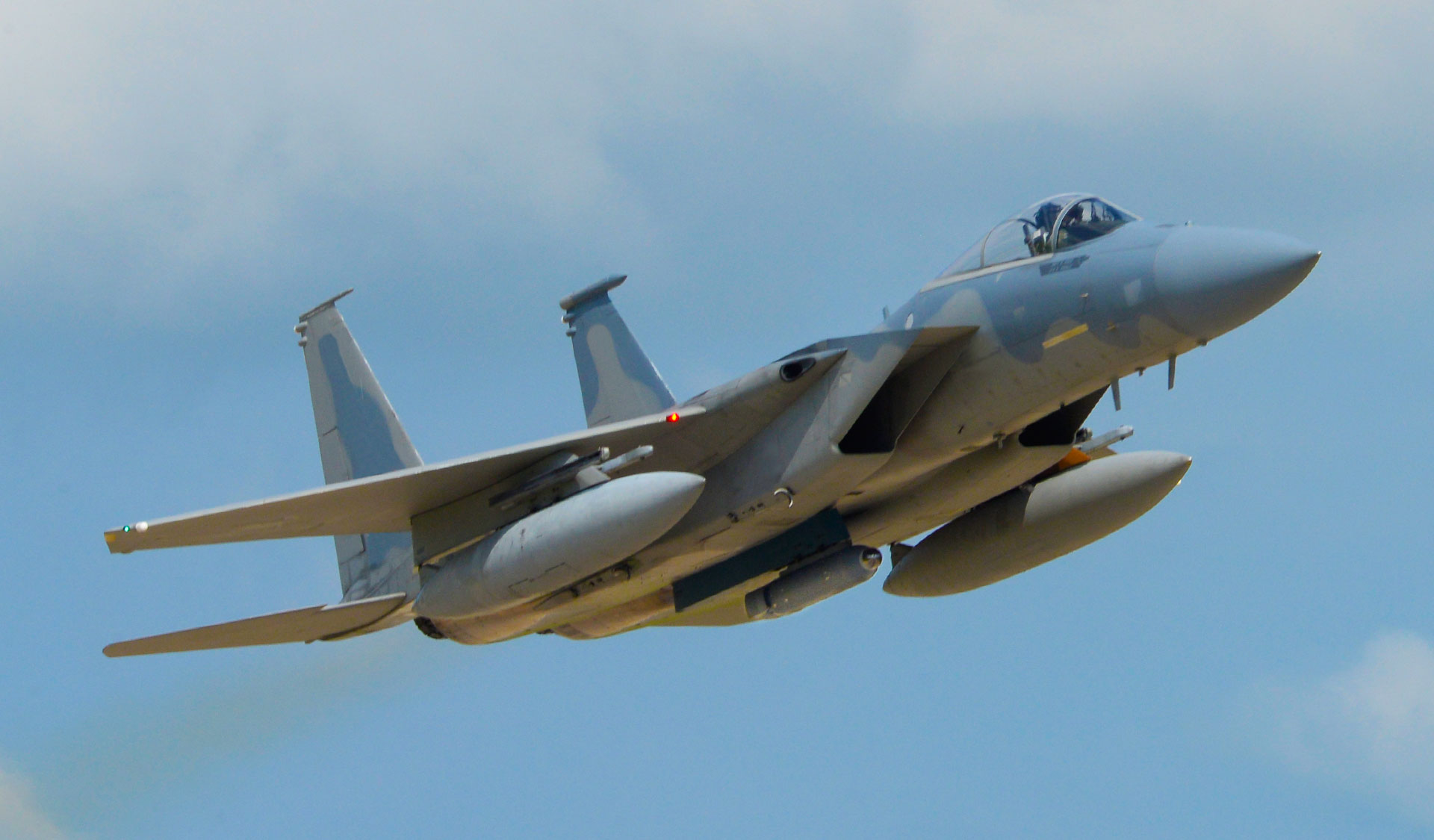The Legion Pod, known for its advanced IRST (infrared search and track) capabilities, hit two major milestones at Eglin AFB with the first missile shot of an AIM-9X using the Legion Pod on an F-15C Eagle and the first-ever flight of an operational F-16 Fighting Falcon with the Legion Pod on July 8 and 13, 2020, respectively. The testing process for the Legion Pod is managed by the Operational Flight Program Combined Test Force (OFP CTF), a unique unit that reports to both Air Combat Command through the 53rd Wing and Air Force Material Command through the 96th Test Wing. Both test sorties were executed by the 85th Test and Evaluation Squadron in the 53rd Wing.

The OFP CTF’s work on the Legion Pod is done differently than the traditional acquisitions method. The OFP CTF actually started testing the pod in a Pre-Developmental Test (DT) phase in early 2019 and got it to an eighty percent solution before it ever entered the official developmental phase. Use of the Legion Pod and its IRST capabilities allows a pilot to have another sensor that integrates with the aircraft and builds a more complete picture of the battlespace. Because of its use of infrared, it provides the ability to identify, track and shoot enemy aircraft in a RADAR jamming environment to include stealth aircraft that a traditional radar may not see.

The OFP CTF is known for its ability to significantly reduce the test timeline by integrating developmental and operational test from start to finish, requirements to fielding. This approach allows operational flight programs, and the hardware that integrates with them, like the Legion Pod, to be expeditiously fielded to the Combat Air Forces. The F-16 Legion Pod integration leveraged the previous achievements on the F-15C which reduced the test timeline on the F-16 from four years to only six months and saved the U.S. Air Force over $1 million in software design and integration costs, effectively “Bringing the Future Faster.”

Lockheed Martin’s newest offering – Legion Pod – puts its most advanced IRST21 sensor system in a podded configuration, enabling plug-and-play operations across fighter and non-fighter aircraft platforms. Legion Pod’s IRST21 incorporates block improvements that facilitate the engagement of threats at significantly extended ranges. Legion Pod has the ability to simultaneously operate multiple sensors without costly modifications to the pod or host aircraft. To date, Legion Pod has completed more than 25 flight tests on the F-16 and F-15C. Lockheed Martin also recently announced that Legion Pod was selected as the winner of the U.S. Air Force’s F-15C IRST competition.














